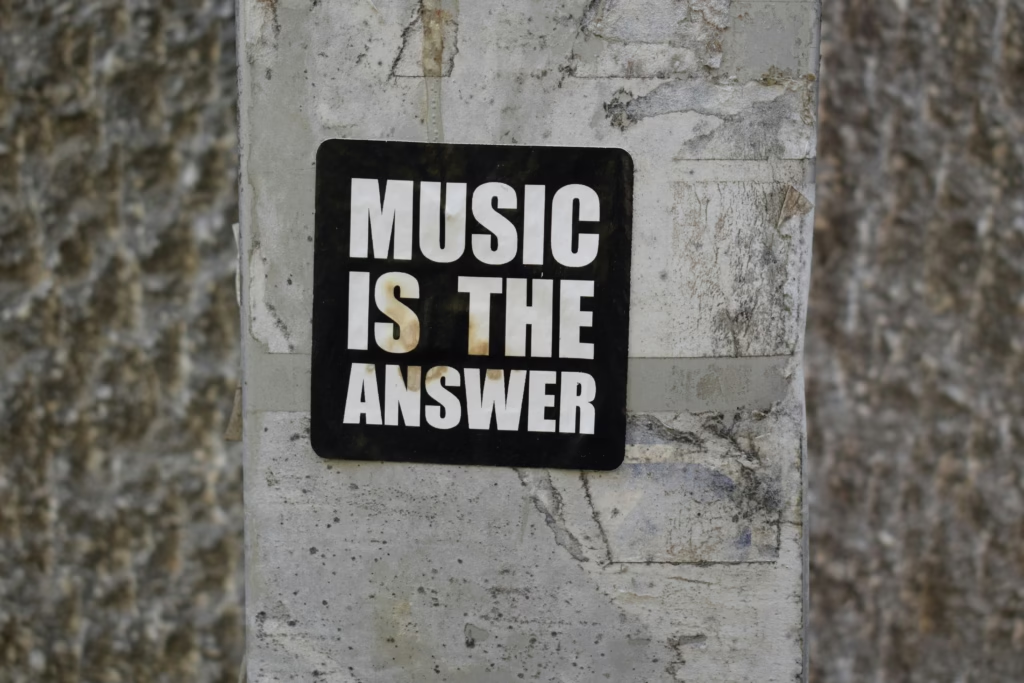“I don’t want to dumb it down”
I often hear that exact phrase when coaching tech professionals on their presentations.
I understand it. I used to design highly complex models that involved loss functions and backpropagation and lots of other fancy jargon. I wanted other people to know how much effort and knowledge it took for me to succeed.
Unfortunately this is where the problem lies. By creating an intellectual gap between ourselves and the people we speak to, we violate the fundamental purpose of presentation: to connect with our audience.
In this article, I will explain why communicating to non-technical audiences is not “dumbing things down” and 3 ways you can make your non-technical communication as effective as possible.
- Why It’s Not Dumbing Down
- What Non-Technical Communication Really Is
- How to Make Your Material Accessible
- Summary
Why It’s Not Dumbing Down
Let’s say we’re a highly technical medical professional trying to explain how penicillin works to a non-technical audience.
We understand all the chemistry and biology and know the names of the specific compounds that trigger every single reaction. But we’re told we can’t use all that technical terminology because the audience would get confused.
If we believe simplifying our explanations is “dumbing things down”, that implies we have some form of intellectual superiority compared to our audience.
And that is a dangerous assumption
A teacher, for example, would not say they are “dumbing things down” to teach their students. They acknowledge their students lack knowledge, and that it is their responsibility to fill that knowledge gap.
“Dumbing things down” therefore goes beyond lack of knowledge.
It implies lack of the capacity to understand
To put things in perspective, remember that your audience may not know chemistry and biology. But they may be experts in something you are not. Rather than seeing an audience as a means to show-off our expertise, we must see them as people who we can be of service to.
That is leadership.
For more detail on the research-backed relationship between communication and leadership, read more here.
What Non-Technical Communication Really Is
If simplifying is not “dumbing down”, then what is it?
It’s making your material more accessible
Consider this analogy: if you’re trying to design a chart for someone who’s colorblind you would choose a color-blind-friendly palette. Instead of using red and green simultaneously, for example, you would choose perceivable colors like blue and orange.
- While you can see all colors, you are choosing to fundamentally change the elements of your presentation because your audience cannot process them.
In the same way for a presentation of technical material:
- While you can understand all terms, you must choose to fundamentally change the elements of your presentation because your audience cannot process them.
This is not “dumbing down”, out of superiority. This is making your work accessible, out of consideration.
For more information on how to make dry, technical content interesting, read more here.
How to Make Your Material Accessible
There are 3 ways to make your technical material more accessible: stories, analogies, and examples:
Stories make your material personal
They take new, abstract ideas and make them engaging (even memorable) through characters, struggles, and solutions that your audience can resonate with.
Consider the penicillin case study introduced at the beginning of this article. If you want to explain penicillin to a non-technical audience, you could start off with the story about how it was discovered:
In 1928, Alexander Fleming returned from vacation to his laboratory in London to discover one of medicine’s chance miracles.1 His bench was littered with bacterial plates. But one contained a strange area where no bacteria had grown. Fleming realized the plate had been invaded by a mold from the Pencillium genus, and that mold had an inhibitive effect on bacterial growth.
After publishing his findings, other scientists went on to isolate the specific compound responsible for antibacterial effects. And, from January to May of 1942, 400 million units of penicillin were mass-produced in the United States, saving a significant proportion of lives during World War II.2
For more information on the scientific principles behind storytelling, read more here.
And check out this video on how to easily use storytelling with the ABT Framework:
Analogies make your material relatable
They take new concepts from an unfamiliar domain and connect them to ideas and experiences in a familiar domain.
To explain how penicillin works, instead of going through the complex, scientific detail (which a non-technical audience could care less about), consider using an analogy:
Imagine a bacteria like a house. Bacteria have a cell wall (like the walls of a house) that protect it from its environment.3 Without the wall present, the bacteria will fall apart.
Penicillin works by attaching to the cell walls of bacteria and destroying them, causing the bacteria to collapse and die.
Check out this video with another real-life example of using analogies:
Finally, examples make your material concrete
They take abstract, high-level ideas and give them living, specific detail.
For instance, if you wanted to explain penicillin or antibiotic resistance to a non-technical audience, you could use an example to make the ideas more clear:
Antibiotics like penicillin don’t always kill all bacteria.4 Some bacteria, due to natural genetic mutation, are able to survive. And those bacteria that survive can spread their successful genetic components to others, leading to whole new populations with antibiotic resistance.
MRSA is one example of an antibiotic-resistant bacterial strain.5 MRSA stands for methicillin-resistant staphylcoccus aureus. While it is a normally harmless bacteria for healthy individuals, it can cause infection in open wounds. And because of its antibiotic resistance, it can wreak havoc in hospitals because of the difficulty treating it with conventional antibiotics, like methicillin.
Check out this video where I use the PREP framework to support my main argument with an example:
Let’s put it all together
For an example of all 3 of these techniques (stories, analogies, and examples) in action, you can check out my TEDx talk below:
Summary
Simple communication = clear communication
Simplifying complex concepts is not “dumbing down” because that implies intellectual superiority over our audience
Simplifying complex concepts is making our material accessible in a language our audience can understand
Stories, analogies, and examples are excellent ways to make our technical topics more accessible for non-technical audiences
If you’re looking for further guidance on how to differentiate your communication skills and stand out in the workplace, reach out to me here.
Sources
2 PBS, “The real story behind penicillin”
4National Library of Medicine, “Antibiotic Resistance”
5 NYU Langone Health, “Types of Antibiotic-Resistant Infections”



